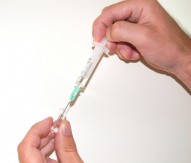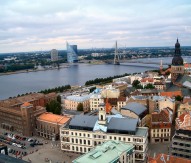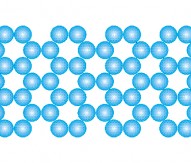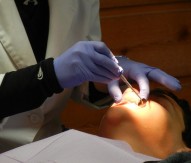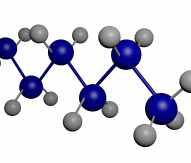
ERC funds controlling heat and light in crystals study
Researchers receiving funding from the European Research Council have devised a way of controlling heat propagation in photonic nano-sized devices, which can be used for quantum ICT and high speed communications.
Photonic crystals are useful for light control and one of the simplest and most versatile ways to control these circuits is by heating them, thereby locally changing their properties. Yet scientists have so far found it difficult to apply heat in the correct place, as there are complications due to heat diffusion, thus affecting other nearby elements.
Heat propagation in thin membranes also depends on the surrounding media, thus providing an extra degree of freedom to control the heat distribution. Temperature distribution across the membrane can be reduced by changing the embedding medium. The faster the heat diffuses away, the narrower the temperature distribution is in the photonic crystal membrane.
Following experiments, researchers at the MESA+ Institute for Nanotechnology at the University of Twente, the Netherlands, and Thales Research & Technology, France, experimentally and theoretically show that significantly better control is obtained using high thermal conductivity gases as the surrounding media. They found that when helium is used as the ambient gas, the width of the temperature distribution in the structure is reduced by 30% when compared to air.
The results are important as they enable thermal tuning of coupled resonators, which will be valuable in the quest to build programmable optical circuits. The research and its results can be read in full in the journal Applied Physics Letters.
